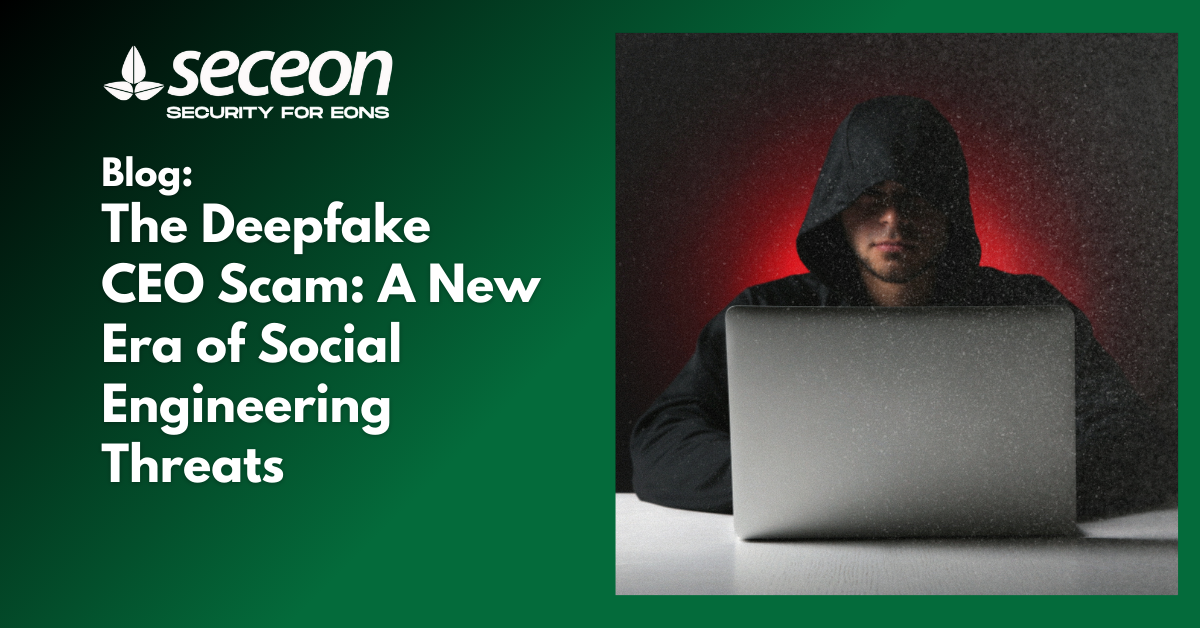
A recent TechRadar Pro article warns of a dramatic rise in deepfake-enabled scams targeting executive leadership—and the numbers are hard to ignore. Over half of cybersecurity professionals surveyed (51%) say their organization has already been targeted by a deepfake impersonation, up from 43% last year.
The targets are high-value: CEOs, CFOs, and other senior executives with access to finances, credentials, and decision-making authority. And the attackers are using generative AI to do it, creating hyper-realistic audio or video that mimics an executive’s voice or likeness to initiate urgent, fraudulent requests.
Unlike traditional phishing emails, these impersonation attempts often come via video calls, voice messages, or spoofed videos shared in internal channels. Some recent incidents have involved:
What makes these attacks especially dangerous is their emotional manipulation. The urgency and authority conveyed in a familiar voice can pressure employees to act fast, without verification—especially in hybrid or remote work environments where video or voice may feel normal.
These attacks are more than just a novel social engineering tactic—they pose a strategic risk to enterprises and managed service providers (MSPs) alike.
For enterprises, they threaten financial loss, reputational damage, and data exposure. For MSPs and MSSPs, they present an evolving challenge in client environments: defending not just infrastructure, but the people and trust within it.
The deepfake scam wave also highlights the limitations of fragmented security tools and siloed monitoring. A traditional anti-malware solution or phishing filter won’t stop a deepfake video shared via Slack.
It also introduces a gray area around insider threat posture—because the attack doesn’t just imitate a threat actor, it impersonates a trusted internal stakeholder.
Security teams and IT leaders should consider the following steps:
Deepfake scams aren’t just a novelty—they’re a growing threat vector that blends social engineering with AI-powered deception. Organizations must move beyond reactive defenses.
Seceon’s platform leverages automated threat detection and response, combined with behavioral analytics to monitor for anomalous activity across users, applications, and network environments in real time.
Our integrated SIEM-SOAR-EDR platform allows security teams to correlate seemingly innocuous signals—like an unusual login time combined with a financial system access request—to detect and stop potential deepfake-enabled attacks before damage is done.
As these impersonation threats grow more sophisticated, having a machine learning security platform that adapts to user behavior and flags subtle deviations becomes a critical part of any modern threat prevention strategy.
